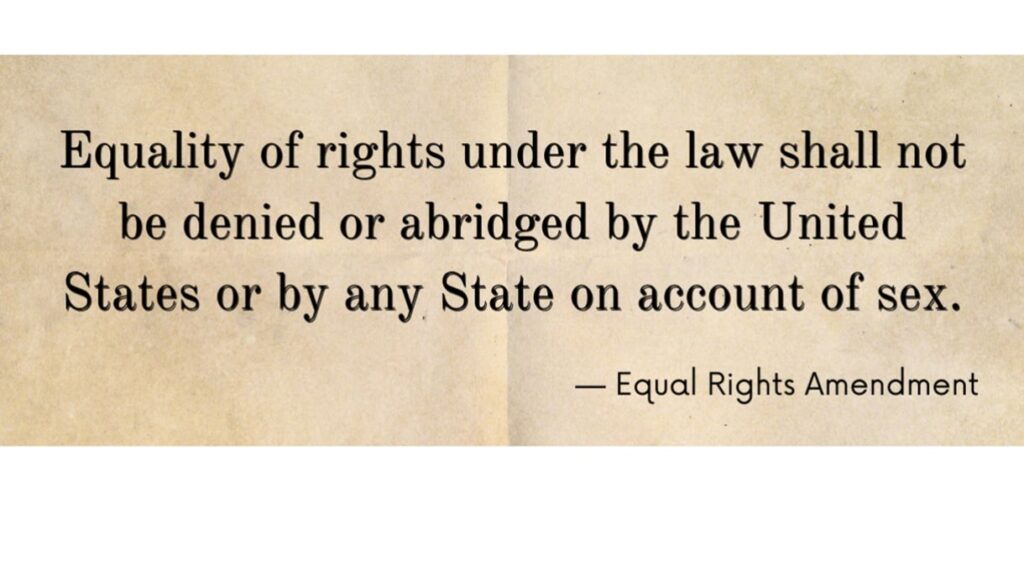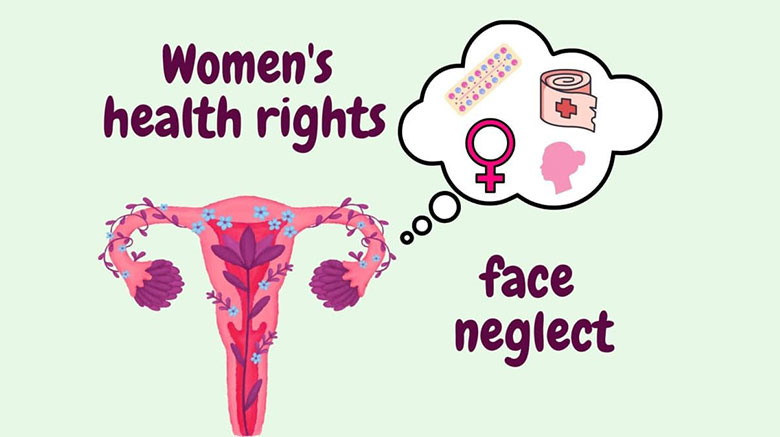By Eman Omar, July 17, 2024
“Closing the gap would give the 3.9 billion women in the world today an extra seven healthy days a year, or an average of 500 days over a lifetime.”
Sheila Uria Veliz and Mehek Bapna are not related, at least not by blood, but they share something similar. Both young women had their teenage years upended by debilitating illnesses that took years to diagnose.
Veliz was only 14 years old when she began gaining weight uncontrollably and noticed thick, wiry hair growing from her face – two physical changes that became a source of embarrassment for the young high schooler. Finally, at the age of 23, Veliz was diagnosed with Polycystic Ovary Syndrome (PCOS), a common endocrine condition that causes hormonal imbalances in women of childbearing age and, if left untreated, runs the risk of ovarian cancer. Although PCOS is the most common hormonal condition among women, two out of 10 women globally remain undiagnosed, according to the National Institute of Health.
For Mahek Bapka, her illness had little to with her outward appearance. Instead, it took the form of a mysterious, immobilizing pain that ran through her joints and bones – a pain so extreme that she had to take leave from school in Minneapolis until the doctors diagnosed her illness. After years of suffering, she was finally diagnosed with Complex Regional Pain Syndrome (CRPS) by the Pediatric and Palliative Care clinic at Children’s Minnesota. CRPS is a rare auto-immune disorder best characterized by chronic pain and inflammation in various body parts including the arms, legs and joints. The auto-immune disorder is also three to four times more common in women than it is in men, according to a study by the American Family Physician.

As Veliz and Bapka grapple with illnesses that disproportionately affect women, the fact their cases were routinely dismissed by medical professionals is more than a marker of misogyny in American health. It has roots in the US Constitution, and adding the Equal Rights Amendment (ERA) would change all that. Naomi Young, a Policy Associate at the ERA Project at Columbia Law School, says that passing the ERA would legitimize the role women play in society and empower them to make decisions about their health. “It would give women a legal leg to stand on,” Young concludes. Unfortunately, a Senate filibuster is currently preventing it, even though the ERA has been ratified by the 38 required states. Yet a filibuster has never been applied to any amendments before, making the use of it in this case unconstitutional. “Think of the filibuster as an anti-democratic tool which prevents legislation from moving forward in the Senate,” Young asserts.
“It’s about sex equality in the Constitution,” adds Zakiya Thomas, President of the ERA Coalition. Since women’s health is not at the vanguard of the federal agenda, researchers argue that this has led to a gender health gap, which broadly relates to the lack of equity in health care between women and men. This results in limited access to healthcare, as well a long history of comparatively minimal research conducted on women’s health conditions.
A report on the global gender health gap by the World Economic Forum highlights how the women’s health gap equates to a total of 75 million years of life lost due to poor health or premature death. “Closing the gap would give the 3.9 billion women in the world today an extra seven healthy days a year, or an average of 500 days over a lifetime,” according to the report.
Dr. Marianne J. Legato, a world-renowned physician, author, and pioneering force in the field of gender-specific medicine, has dedicated her career to studying the way different illnesses affect women versus men. “I, like all people, was taught that studying women was useless because their hormones fluctuate,” she recalls. “We only had a bikini view of women, that only their breasts and pelvis were of interest.”
Read the rest of the article about Researching Women’s Health issues at Women’s ENews.

